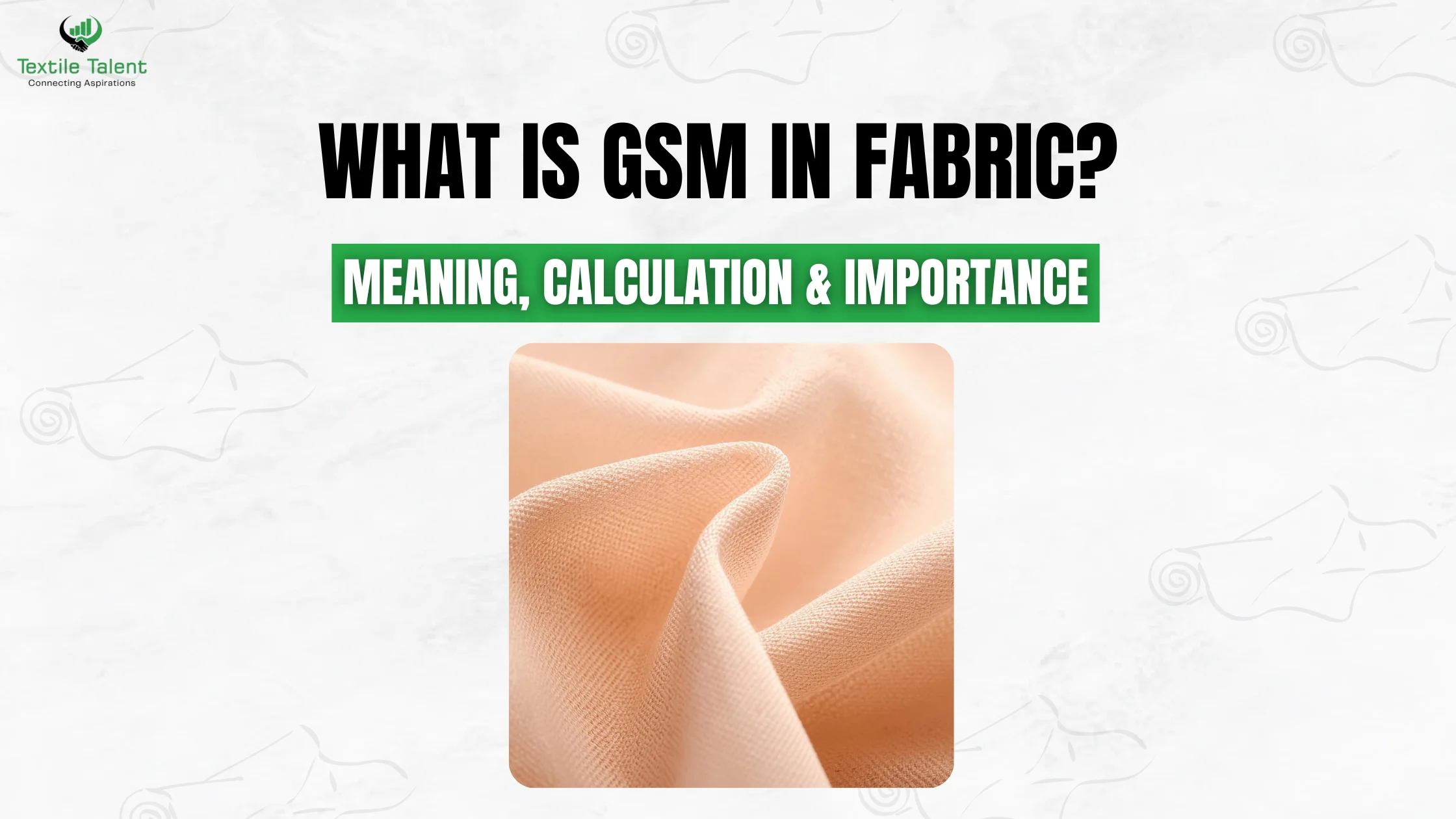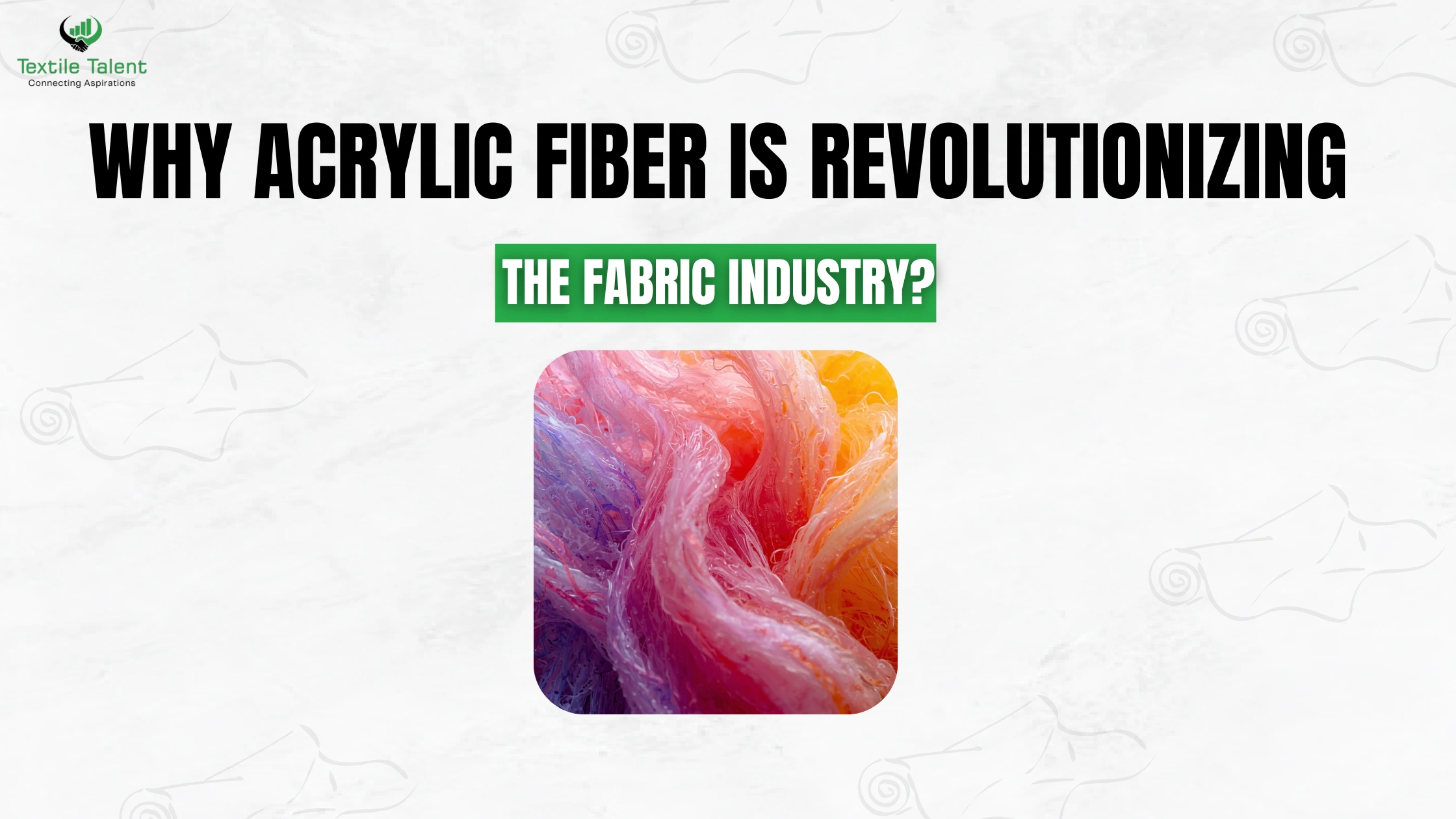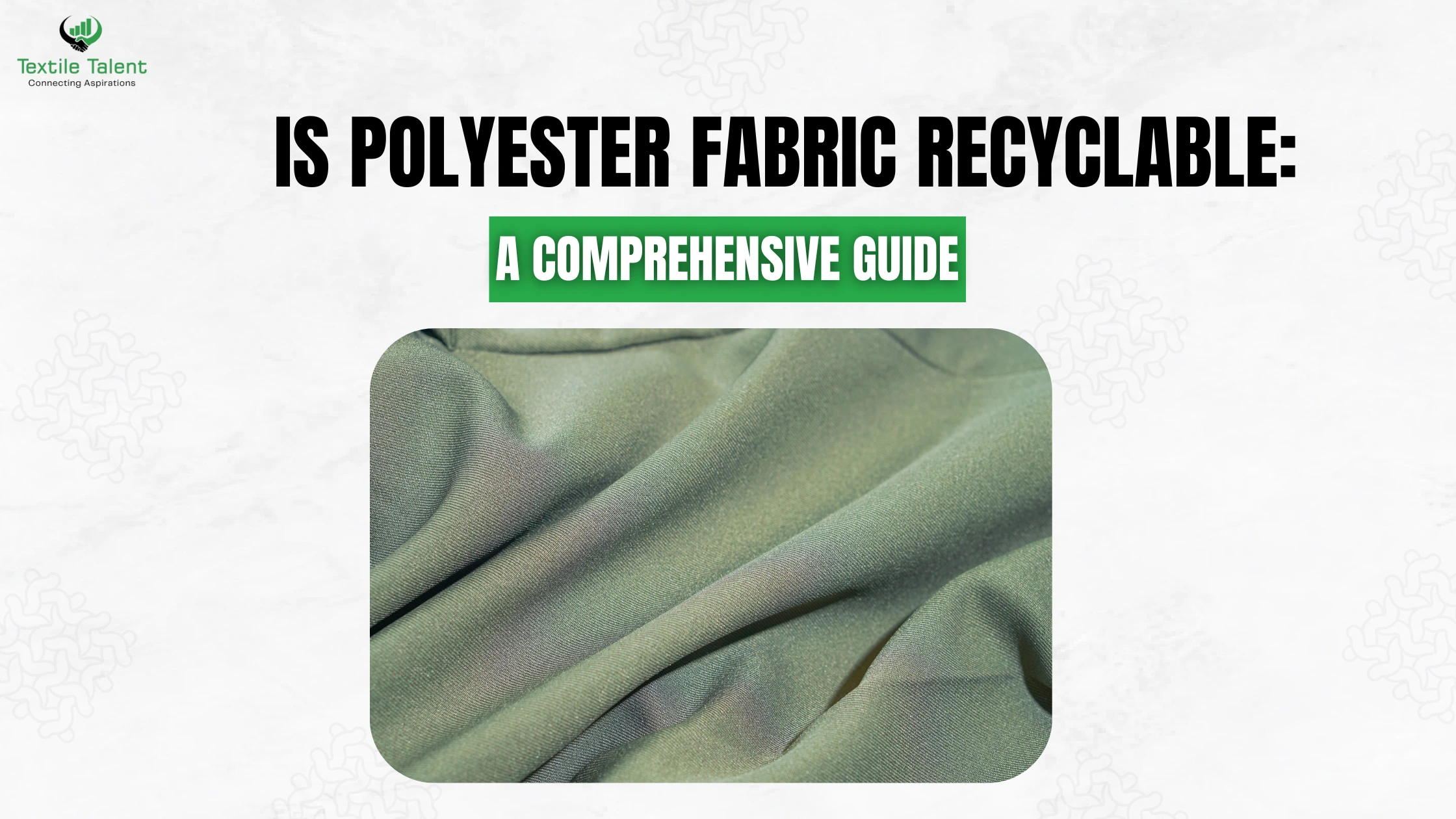
One of the oldest and most important spheres of the economy of the world is the textile one, whose radical transformation is being observed. With the change in consumer demands and the emergence of competition, more textile manufacturers are resorting to automation in order to gain the edge.
Textile Industry automation is not only a trend, it is a game changer redefining textile industry manufacturing which has led to several advantages in process efficiencies, increased innovation, and creation of smarter, greener, and more sustainable production models.
The Evolution of Automation in Textiles
Textile production used to be very labour intensive in the past. A lot of the process was labor and time intensive like spinning and weaving to dyeing and finishing. Nevertheless, due to the establishment of Industry 4.0, robotics, artificial intelligence (AI), machine learning, and Internet of Things (IoT) as automation techniques have found their way into the textile mills and factories.
With the automation in the textile industry everything including computer operated textile looms and automated textile fabric cutting facilities as well as quality control systems based on Artificial Intelligence and material moving robots. Those technologies not only make production faster but also practically exclude human error and generally limit the cost of operation.
Boosting Efficiency Through Automation
One of the most compelling reasons for adopting automation in the textile industry is the dramatic improvement in efficiency it offers. Here's how:
1. Faster Production Cycles
Robotic machines are able to work up to 24/7 with no fatigue thus upping the production rate tremendously. Automated looms and knitting machines are just an example, to demonstrate that fabric can be produced much faster with the use of automation than with manual production. This will enable manufacturers to be able to satisfy strict deadlines and to handle a large order without difficulty.
2. Reduced Waste
There is little wastage of fabrics due to precision automation. Examples are the automated cutting machines which utilize computer-aided designs to ensure that all fabrics are utilized maximally. This does not only reduce materials, but it also saves money and sustainability.
3. Streamlined Workflow
Automation will decrease the necessity to supervise and involve human beings all the time. Jobs done by many people in the past can be performed by one machine or a co-ordinated system releasing the manpower to engage in more complex processing of decisions and settlement of problems.
4. Lower Operational Costs
Although the initial spending on automation is heavy, the overall savings on operation are colossal. Decreased costs of labor, decreased mistakes during production, decreased downtimes during maintenance, and energy utilization all play to the cumulative cost-effective factor.
Driving Innovation in Products and Processes
Besides efficiency, in textile industry automation strives innovation. It gives manufacturers the freedom to explore new designs, production and corporate structures.
1. Smart Textiles
The automation has led to the invention of smart textiles or rather fabrics with incorporated sensors, electric threads, and components. These fabrics end up as being applied in health care, sportswear, the military and provide qualities such as temperature control, biometric tracking, even energy generation.
2. Customization and On-Demand Production
With the help of digital automation, textile companies may now provide customized products in bulk. Automation offers a flexible platform where mass customization can be achieved without sacrificing speed as versatile printing of personalized garments can be generated into individual pieces and products.
3. Advanced Design Capabilities
AI-powered tools and computer-aided design (CAD) software enables designers to develop sophisticated design patterns, perform simulations of how fabric will behave as well as get a vision of the final product prior to its production. This increases the speed of the product development and less physical prototypes need to be manufactured.
4. Sustainability Innovations
Automation is a very important part of sustainability which is trending in the textile industry. Such automated dyeing processes, as an example, consume fewer quantities of water and chemicals, which lowers the impact on the environment. In the same way, AI systems are capable of monitoring the energy consumption and various wastes produced, which makes the companies achieve environmental standards with ease.
Challenges of Automation in Textile Industry
Despite its many benefits, the path to full automation is not without hurdles:
-
High Start-up Cost: Advanced machines and automation will need high start- up capital that may be a challenge to small and middle sized companies (SMEs).
-
Expertise: With the changeover of manual work by machines, there is a need to focus on skilled workers, who are able to operate, maintain, and program automated machines. That involves investment in training and education.
-
Resistance to Change: Most of the traditional textile industry fears to use the new technologies, either because they preferred undergoing the old way of doing things or fear of losing their jobs.
-
Integration Complexity: Integrating new automation technologies with existing systems can be complex and may require customized solutions.
-
Skilled Workforce: As machines take over manual tasks, the demand shifts toward skilled workers who can manage, maintain, and program automated systems. This requires investment in training and education.
At the same time, the shift has opened up a wide range of textile industry jobs in India, especially in areas like automation maintenance, data analytics, digital design, and smart manufacturing.
The Future Outlook
The automation process in the textile industry has just started gathering pace. Technologies are increasingly getting cheaper and accessible even the little fishes are being automation-like in their processes. Digital transformation is also supported by governments and industry bodies in terms of funding and policy objectives as well.
Additional possibilities of textile automation are emerging trends including AI and predictive maintenance, 3D knitting, automated fabric inspection systems and digital twin technology. Also, the emergence of smart factories smart and digitally transformed and networked factory settings will probably become a norm in the textile business within the next ten years.
Conclusion
Automation in textile industry is not just about machines replacing humans—it’s about creating smarter, faster, and more responsive systems that can adapt to the dynamic needs of the global market. From improving operational efficiency to driving cutting-edge innovations in fabric and fashion, automation is shaping a bold new future for textiles.
Automation in textile industry does not mean replacing people by machines but development of smarter, faster and responsive systems that can meet the dynamic demands of the global market. Automation is having a bright new future in textiles through enhanced operations efficiency to the innovative advancement of fabric and fashion development.
As the textile companies increasingly turn to automation, they are not only increasing their productivity but also opening up new horizons of possibilities in the design, sustainability, and customer-relation fields. Automation is no longer an option, but a necessity to the businesses that want to remain competitive in the 21 st century.






